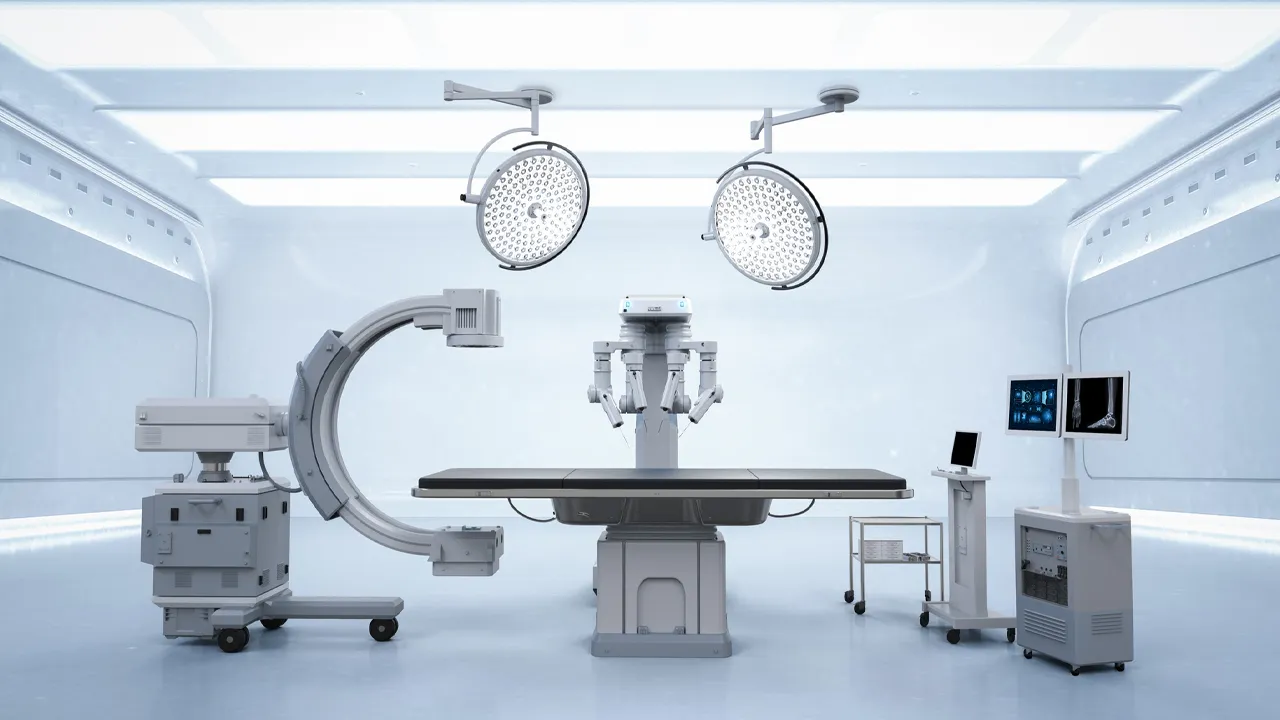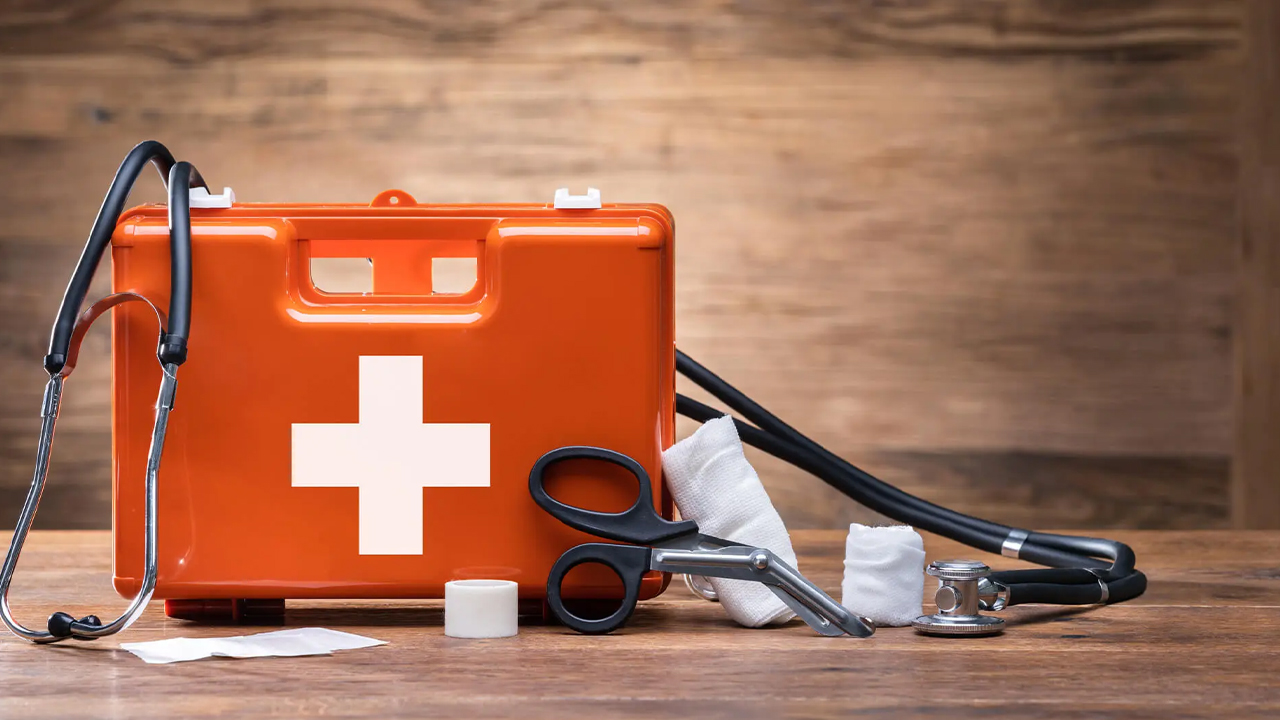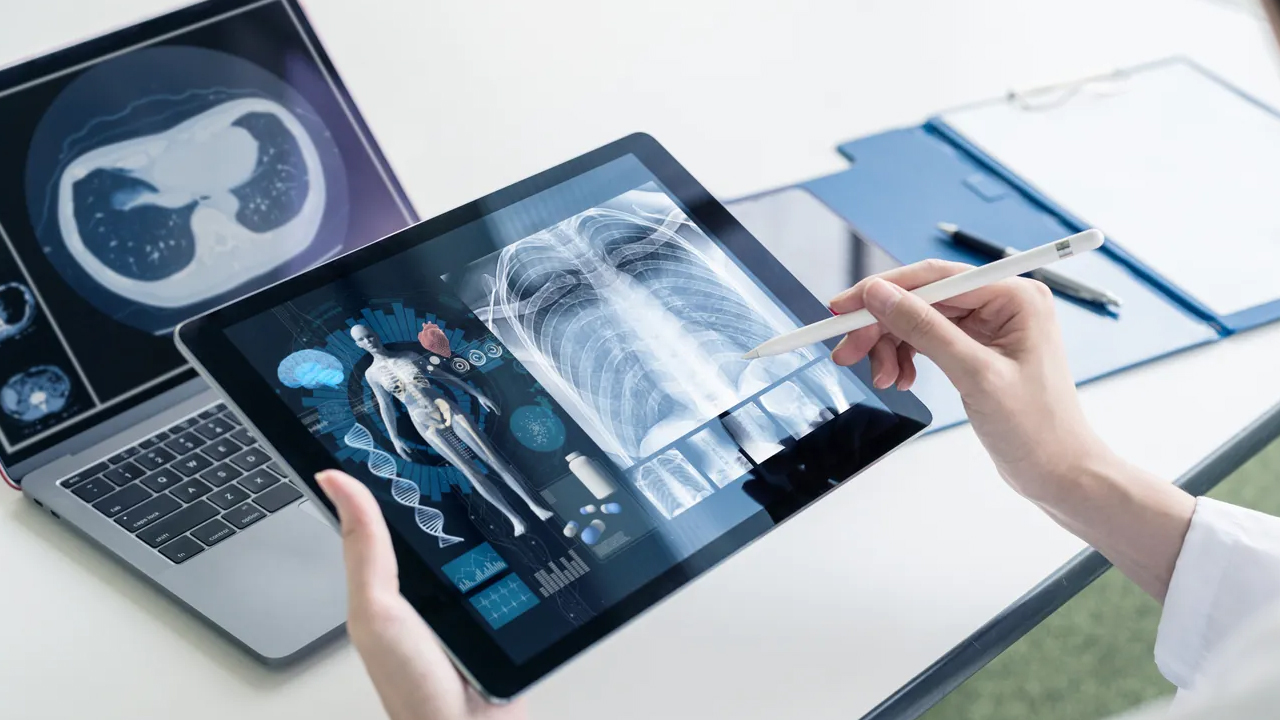
In the realm of healthcare, the availability and quality of medical equipments play a pivotal role in ensuring effective diagnosis, treatment, and patient care. From hospitals to clinics, medical equipments serves as the backbone of modern healthcare facilities, enabling healthcare professionals to deliver optimal care to patients. These medical equipments in UAE encompass everything from diagnostic tools like X-ray machines and ultrasound scanners to life-saving devices such as ventilators and defibrillators. Understanding the significance of these essential medical equipments is crucial for healthcare providers and patients alike, as they directly impact the quality and efficacy of healthcare services.
Must-have Medical Equipments

Diagnostic Equipment:
- • X-ray machines: Essential for diagnosing bone fractures, tumors, and other internal injuries or conditions.
- • Ultrasound scanners: Used for imaging internal organs and monitoring fetal development during pregnancy.
- • Blood pressure monitors: Vital for measuring blood pressure levels and assessing cardiovascular health.
Life-Support Devices:
- • Ventilators: Critical for providing artificial respiration to patients with breathing difficulties or respiratory failure.
- • Defibrillators: Necessary for restoring normal heart rhythms in cases of cardiac arrest or life-threatening arrhythmias.
Surgical Instruments:
- • Scalpels, forceps, and scissors: Basic tools for performing surgeries and minor procedures.
- • Surgical lights and tables: Essential for providing adequate illumination and support during surgical interventions.
Patient Monitoring Systems:
- • ECG machines: Used to monitor heart activity and detect irregularities in cardiac function.
- • Pulse oximeters: Measure oxygen saturation levels in the blood, crucial for assessing respiratory health.
Laboratory Equipment:
- • Microscopes: Essential for examining blood, tissue, and other samples for diagnostic purposes.
- • Centrifuges: Used to separate components of blood or other fluids for analysis.
Patient Mobility Aids:
- • Wheelchairs: Assist patients with mobility impairments in moving around healthcare facilities.
- • Walking aids: Including canes, walkers, and crutches, aid patients in walking and maintaining balance.
Sterilization Equipment:
- • Autoclaves: Utilized for sterilizing surgical instruments, medical supplies, and equipment to prevent infections.
Emergency Response Equipment:
- • Stretchers: Transport patients safely during medical emergencies or when transferring them between departments.
- • Emergency carts: Stocked with essential medications, supplies, and equipment for immediate patient care during emergencies.
Importance of each Equipment type and its role

1. Diagnostic Equipment:
- • X-ray machines: Aid in identifying fractures, tumors, and other internal issues promptly, facilitating accurate diagnoses and treatment plans.
- • Ultrasound scanners: Provide non-invasive imaging of internal organs, aiding in the early detection of abnormalities and monitoring fetal development.
- • Blood pressure monitors: Essential for regularly monitoring patients' blood pressure levels, helping healthcare providers assess cardiovascular health and manage hypertension.
2. Life-Support Devices:
- • Ventilators: Ensure patients with breathing difficulties receive adequate oxygenation, crucial for sustaining life during respiratory distress.
- • Defibrillators: Promptly restore normal heart rhythms in cardiac arrest situations, significantly improving the chances of patient survival.
3. Surgical Instruments:
- • Scalpels, forceps, and scissors: Enable precise and efficient surgical procedures, ensuring optimal outcomes and minimizing patient discomfort.
- • Surgical lights and tables: Provide adequate illumination and support during surgeries, enhancing surgical precision and reducing the risk of complications.
4. Patient Monitoring Systems:
- • ECG machines: Continuously monitor heart activity, enabling early detection of irregularities and prompt intervention in case of cardiac emergencies.
- • Pulse oximeters: Monitor oxygen saturation levels, allowing healthcare providers to assess respiratory function and adjust treatment accordingly.
5. Laboratory Equipment:
- • Microscopes: Facilitate detailed examination of blood, tissue, and fluid samples, aiding in accurate diagnosis and treatment planning.
- • Centrifuges: Separate blood components for various tests, ensuring accurate laboratory results and timely patient care.
Conclusion
Having the right medical equipments is crucial for hospitals, clinics, and other healthcare facilities to provide quality patient care. From diagnostic tools like X-ray machines and ultrasound scanners to life-support devices such as ventilators and defibrillators, each piece of equipment plays a vital role in patient diagnosis, treatment, and recovery. Surgical instruments, patient monitoring systems, and laboratory equipment are also essential medical equipments that ensure precision and efficiency in medical procedures. For healthcare providers in the region, accessing high-quality medical equipments in UAE is critical to maintaining the highest standards of care. By investing in essential medical equipments, healthcare facilities can enhance their service quality, ensuring better health outcomes for patients. Know about medical equipments maintenance in our next blog: "Preventive Maintenance for Medical Equipment".
